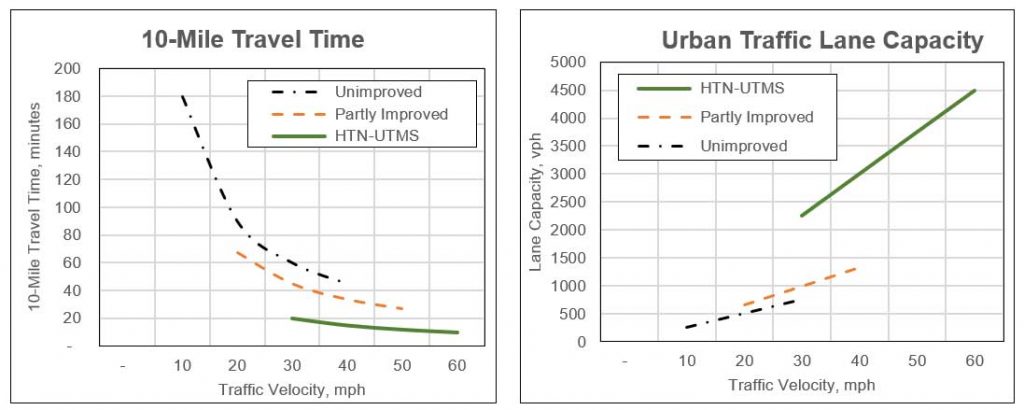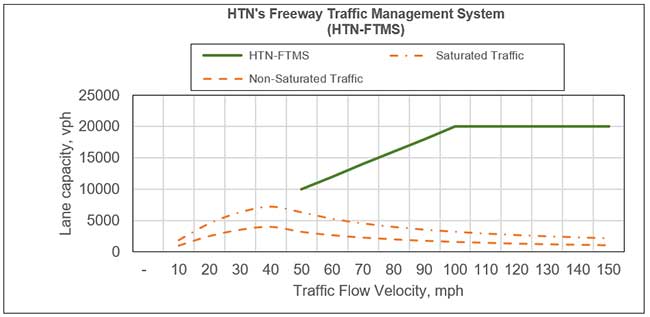
Hansa Tek Netics Corporation
Steering Powerful Digital Process Automation
Super-Smart Traffic Management Solutions For Urban Roads and Freeways
The demand for mobility in our society is growing rapidly, leading to increased traffic congestion, longer travel times, and environmental concerns. Can smart traffic management systems provide a solution? We believe they can, but these systems must be innovative and leverage technology to effectively address mass mobility’s challenges. Our cutting-edge solutions offer the answers needed urgently.
HTN’s Effective Five-Step Innovation Process (FSIP)
Hansa Tek Netics (HTN) employs a unique Five-Step Innovation Process (FSIP) to tackle complex innovation tasks. Here’s how it works:
- Issue Identification and Definition: HTN’s experts identify the problem and its characteristics.
- Conflict-Free Solution Search: Thinking beyond conventional approaches, HTN searches for an ideal, conflict-free solution.
- Logical-Mathematical Intelligence (LMI): HTN defines LMI relevant to the issue.
- Logical-Mathematical Knowledge (LMK) Search: Using LMI, HTN finds the underlying LMK for the conflict-free solution and assesses its functionality.
- Thorough Assessment and Value Definition: Experts evaluate the solution’s viability, considering its industry and societal value.
For a detailed understanding of this process, refer to HTN’s publication, “Business Intelligence in the Digital Age.” The Five-Step Innovation Process has been applied successfully to historical innovations, revealing its significance for addressing modern challenges.
HTN’s Five-Step Innovation Process Surpasses Traditional Approaches
Traditional process optimization often overlooks innovative, conflict-free solutions. HTN’s approach goes beyond mere optimization, leveraging digital technologies like AI, IoT, Digital Twin applications, and high-speed computing to unlock novel opportunities.
Addressing Traffic Challenges: A Generic Issue
Urban roads and freeways face a common issue – insufficient lane capacities leading to traffic breakdowns. The solution lies not in physical expansions, which offer minimal improvements, but in smart applications of advanced technologies.
HTN’s Urban Traffic Management System(HTN-UTMS)
HTN-UTMS revolutionizes urban traffic management:
- Challenges with Conventional Traffic Control: Traffic lights and current management systems struggle under heavy loads, resulting in stop-and-go traffic flow.
- HTN’s Novel Approach: HTN developed a new concept based on the “Green Wave” principle, ensuring conflict-free traffic flow.
- Solution for Bi-Directional Roads: HTN’s innovative green-wave-type urban traffic management system was developed with bi-directional urban roads in our mind.
- Superior Performance: HTN-UTMS eliminates interruptions, raising lane capacity to 4,000 vph, with travel times reduced significantly.
- Multifold Benefits: HTN-UTMS minimizes fuel consumption, pollution, and noise while remaining cost-effective.
Embracing the Future with HTN’s UTMS
HTN-UTMS meets current needs and surpasses mobility requirements projected for 2030 and beyond. Its transparent design, exceptional performance, and scalability make it a game-changer for urban traffic management.
HTN’s Freeway Traffic Management System (HTN-FTMS)
A Multi-Lane Traffic Management System for Platoons of Autonomous Vehicles
Revolutionizing the design of conflict-free traffic flow on freeways demands a departure from conventional thinking. HTN has embraced this challenge and introduced pioneering innovations to establish a sustainable freeway traffic management system that significantly enhances efficiency and effectiveness.
In a groundbreaking approach, we delved into the intricacies of human driving behavior on freeways. To achieve this, HTN harnessed an innovative traffic data acquisition system to meticulously capture and analyze traffic flow dynamics as influenced by human driving patterns. Through this meticulous process, HTN unearthed a novel and invaluable Key Performance Indicator (KPI) that provides a comprehensive insight into human driving habits, especially under congested traffic conditions.
A remarkable elasticity in traffic jam formation becomes evident when traffic reaches saturation levels. The accumulation of slow-moving traffic jams is disproportionately higher than the number of vehicles contributing to the initial traffic density surge. Notably, these sluggish traffic clusters inadvertently hinder the progress of vehicles, allowing those at the front to enjoy extensive intervehicle spacing and higher velocities. This phenomenon akin to signal lights in urban areas underscores the impact of slow-moving traffic jams on freeways.
Capitalizing on the insights gleaned from the human driving KPI and the density elasticity of traffic jams, HTN devised an ingenious strategy for a seamless transition from human-operated vehicles to autonomous driving, culminating in the creation of automated platoons. These efforts culminate with the HTN Freeway Traffic Management System (HTN-FTMS), a high-performance Multi-Lane Traffic Management System tailored for Platoons of Autonomous Vehicles. Comprehensive details of this design have been documented in a patent application submitted to the US-PTO.
For instance, envision a scenario where a constant density range prevails at speeds of up to 100 mph, resulting in a lane capacity of around 20,000 vehicles per hour (vph). When transitioning into a high-speed tunnel, the system adeptly shifts from constant density to a constant vehicle interval mode, maintaining a consistent lane capacity. This adjustment could enable velocities of 150 mph or even higher.
Conversely, heavy traffic loads and sluggish traffic jams often translate to lane capacities of less than 2,000 vph, with average speeds ranging from 10 to 20 mph. By eliminating slow-moving traffic jams altogether, HTN’s FTMS delivers substantial improvements. The combined enhancements in lane capacity and travel time could surge by up to an astounding 5,000% or more, especially in scenarios like high-speed tunnels, where the potential for elevated traffic velocities is virtually limitless. Such remarkable progress showcases the transformative impact of the HTN-FTMS on surface transportation productivity.
Book
We capture the essence of our profound thinking and innovative strategies in the pages of this book, which will soon be available through Amazon.

It is written by GEORG J. SCHLUETER and Dr. Rene Naert, Alliant International Business University California Schoolof Management and Leadership.
In this digital age, a healthy economy depends on society’s productive implementation of new technologies. The author contributes fundamentally with his impactful Two-Step Innovation Process (TSIP).
First, a “Gedanken-Modell” is conceived. The “Thought Experiment” mends a perceived ideal solution into a functional system.
Second, the Gedanken-Modell is analyzed. The complexity of this analysis varies. The analysis can be overwhelmingly complex and may require extreme expertise in natural sciences, including Artificial Intelligence bearing computer applications. In contrast, the analysis can be fairly simple, where high-school-level knowledge of natural sciences is more than sufficient. In any event, today’s computer capability is an enormous aid to make even the most sophisticated analyses available to everyone. Whether the analysis is done by hand on paper or one uses computational methodologies, the method applied is characterized as logical-mathematical intelligence.
The author follows the logical processes underlying major past inventions and traces them to his two-step approach. Whether the inventions were leading to undisputed success or tragic accidents, the two-step approach is always present, independent of the inventor’s awareness of it. However, the inventor’s awareness of the two-step approach could have enhanced the inventions’ extraordinary potential and could have avoided some inventions’ fatal failures and their catastrophic consequences.
In natural sciences, research is oriented along three fundamental dimensions, i.e., time, space and mass. This three-dimensional view is the foundation of HTN’s Two-Step Innovation process. Thus, it is not surprising that the TSIP’s bandwidth is very broad and is applicable to most any process across all industries. It can facilitate beautiful innovations, enhance productivity growth and avoid unfortunate failures.




